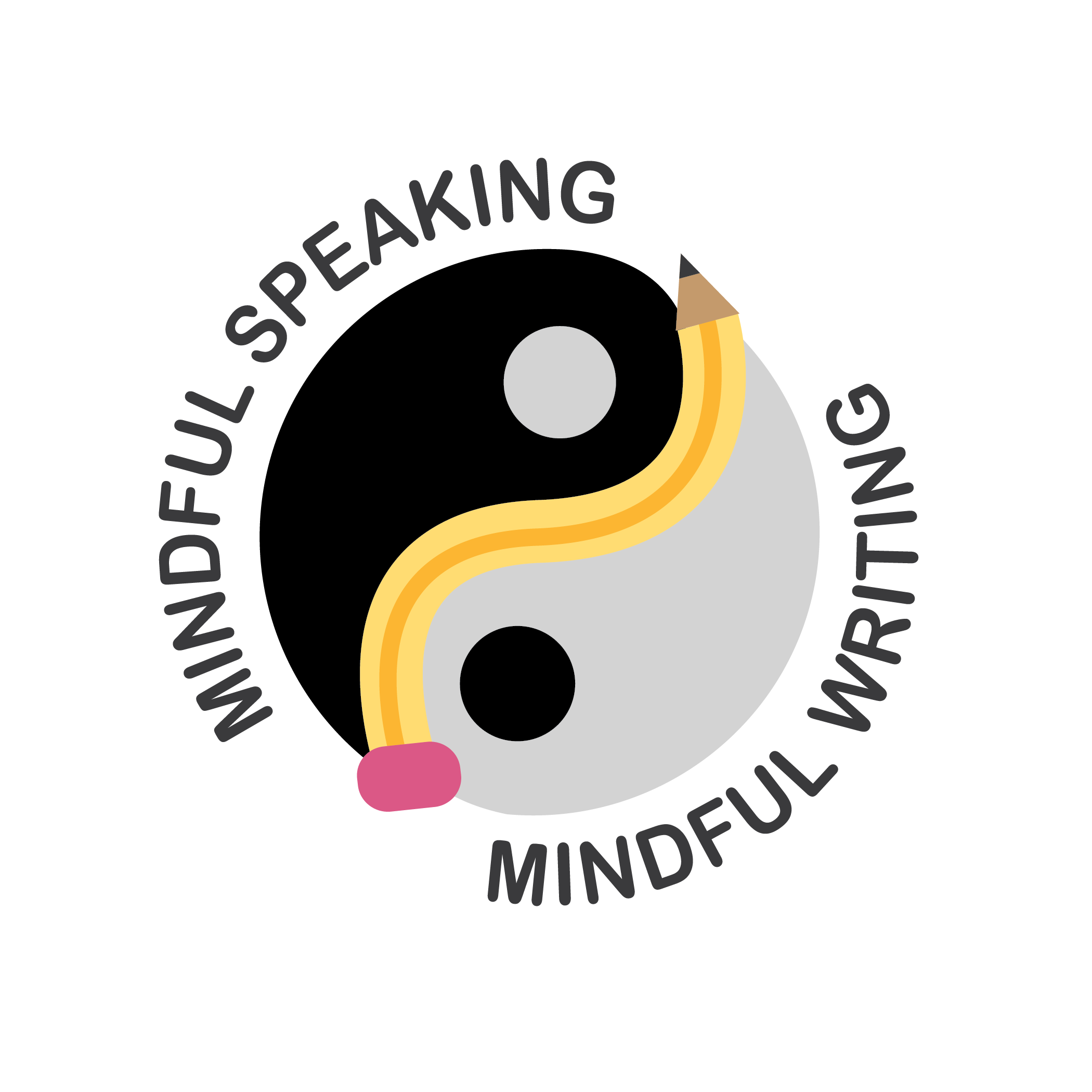
Shifting Gears. You feel it, that moment of transition, when the time is right. You’ve said “Hello.” Now what? How do you begin a conversation? Both what you talk about and how you say it, begin to set the stage for the conversation.
Beginning Remarks
By the time you begin this transition, maybe only seconds or a minute or so into the conversation, there’s already an underlying tone. Friendly? Suspicious? Open? Guarded? Interested? Impatient? Eager? Reluctant? Already a lot going on. That’s the nature of human interaction. So if you want to be a mindful conversationalist, it’s good to pay attention to how you’re feeling. And pay attention to signals (often non-verbal) that you pick up from the other(s).
I like musical analogies, like when the music has just started. You’re about to dance, but it’s unclear exactly how. Will this be fast or slow, tight or loose. When starting a conversation, we are typically looking for common ground, where to begin. What might be a good topic? Shall we make small talk, or dive in? Who are you, anyway?
What’s your Conversational Style?
We all have a conversational bias (for a FREE analysis of your default style, take the Conversational Style Guide and get your personal report here) https://survey.alchemer.com/s3/5989413/2681f8b66af2
Some people are more inclined to start with a question. So they tend toward the “listener” end of the listener / speaker spectrum. Others are more inclined to start off with a statement. These folk are more inclined toward speaking. But the skillful conversationalist may employ both modes weaving them together in myriad patterns. Where are you more comfortable? Speaker or listener?
Whichever mode you choose, you’re searching for common ground. A lot, of course, depends on the circumstances and how well you know this person.
Listener vs Speaker
If you’re more of a listener, some typical opening questions might be:
- How are you doing today?
- Hot enough for you?
- How long have you been here?
But, if you’re more of a speaker, you might open with:
- I don’t do so well in this heat.
- I’ve been shopping for two hours. Ready for a break.
Or, you might mix the speaker and the listener styles, like this:
- Two hours of shopping, I’m ready for a break. How are you holding up in this heat?
- I’ve been looking for some sandals but can’t seem to find anything that’s just right. Yours are great. Where did you get them?
Opening with Small Talk
All of these comments could be classified as small talk. Many people refer to small talk as a waste of time. But it can play an important role. Think about the impact of these different opening remarks:
- They suggest possible topics of conversation. The weather. The sandals. Shopping. How you each spend time. General well-being. Each comment throws out a fishing line, to see what you catch. Maybe something. Maybe nothing. Maybe interesting. Maybe boring.
- The style of talking begins to set what could become a pattern for the conversation. Who determines the topic? How? Who likes to speak and who prefers to listen? Will there be balance of roles, or will one person dominate?
- Will this be a light, easy conversation, small talk? Or are you more inclined to talk about something deeper?
Setting the Tone
Can you see how even the first few words begin to set the tone for the conversation? How do you prefer to start a conversation? Are you more listener or speaker? What kinds of topics might you suggest? Do you typically start with small talk? Or are you eager for something deeper? What do your opening words and gestures communicate to others?
What comments or questions do you have about opening the conversation?


Connect With Me